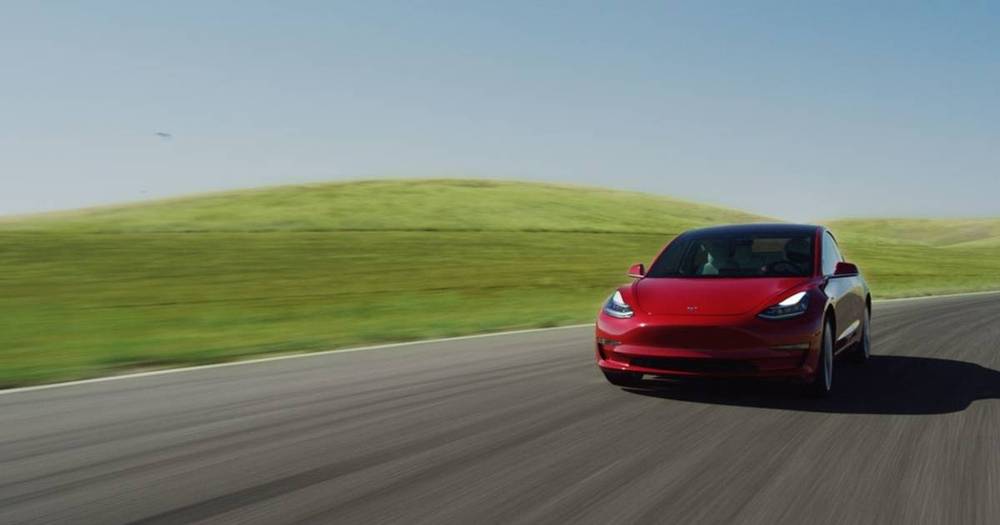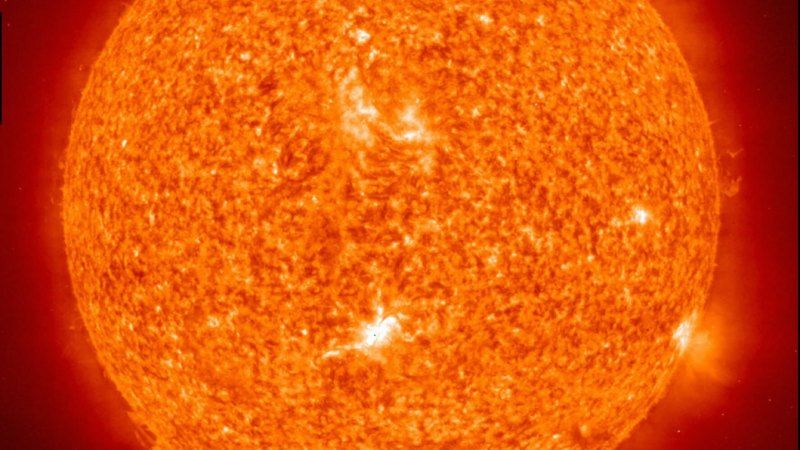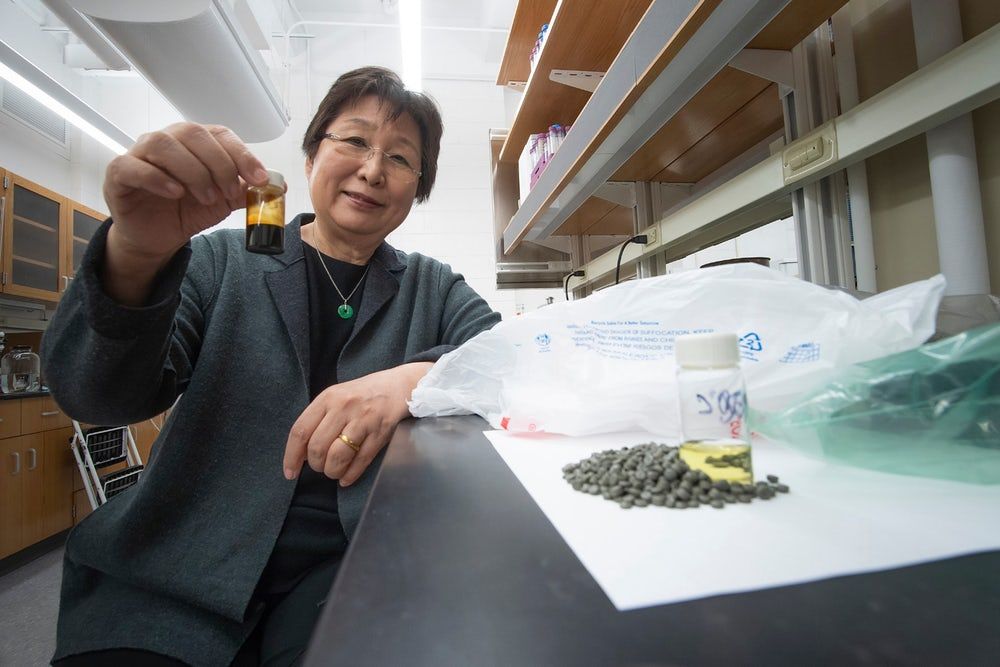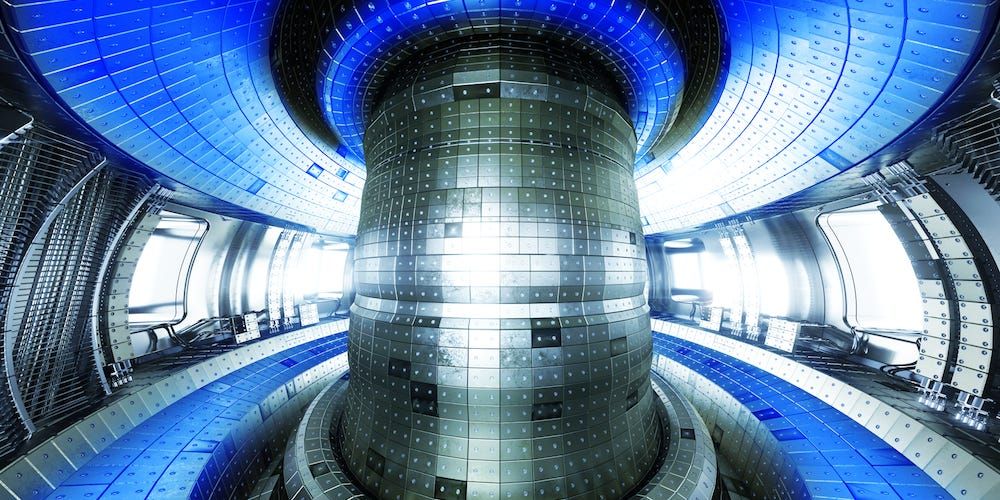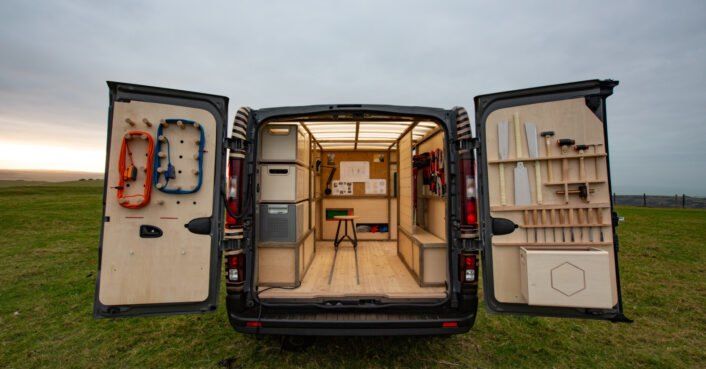Feb 18, 2019
Tesla is making the Model 3 faster with a software update
Posted by Quinn Sena in categories: mapping, sustainability, transportation
To make a regular car go faster on the track, you can add go-fast components like a turbocharger or better fuel, or improve handling components like brakes and tires. Carmakers can also make a dizzying amount of software tweaks to everything from the stability and traction control systems to throttle mapping and how much fuel gets into the engine.
But with an electric car, the software is the star of the show. Code controls everything. That’s why Tesla can introduce Track Mode to the Model 3 with a software download, unlocking new features designed to get the electric sports sedan around a track faster than before.
On something like the BMW M5, putting the car in Sport Mode adjusts a dizzying array of settings for throttle response, transmission, chassis, steering, stability control, and whether the car operates in all- or rear-wheel drive.
Continue reading “Tesla is making the Model 3 faster with a software update” »
